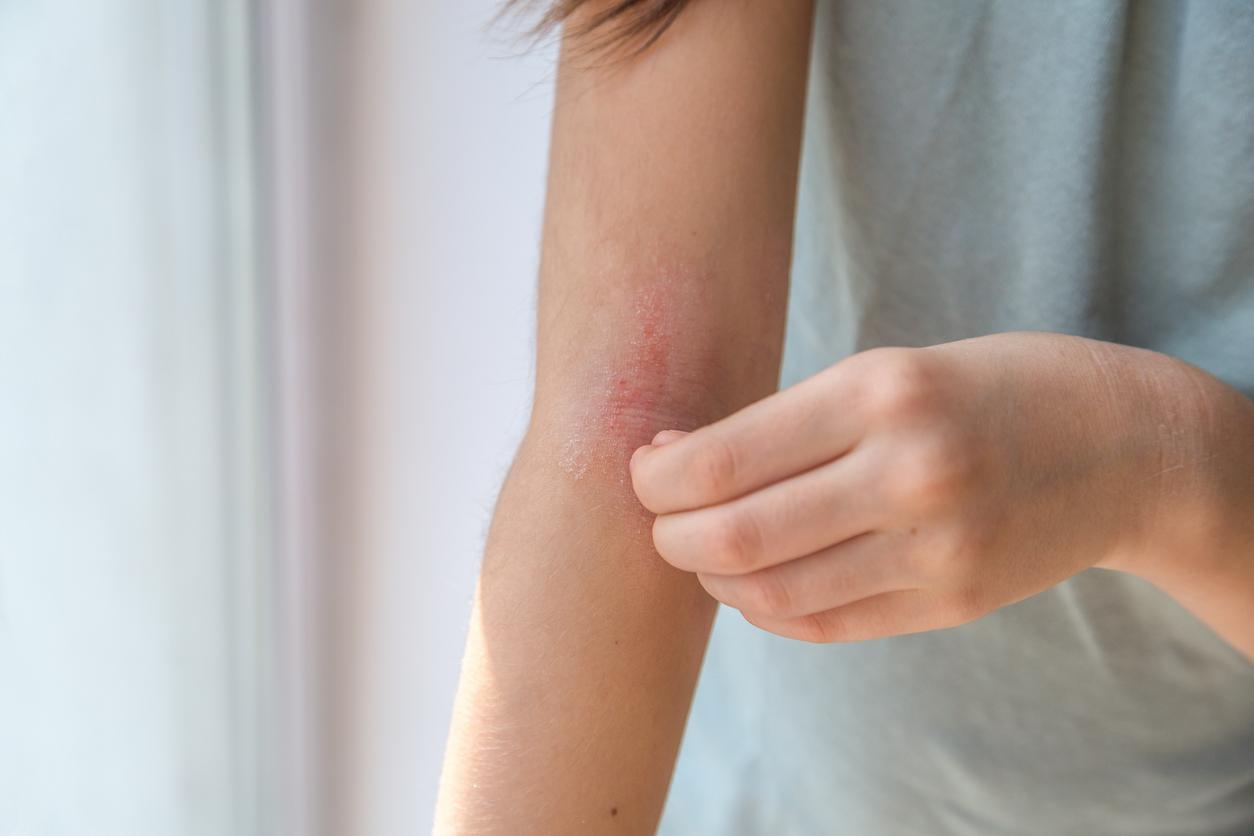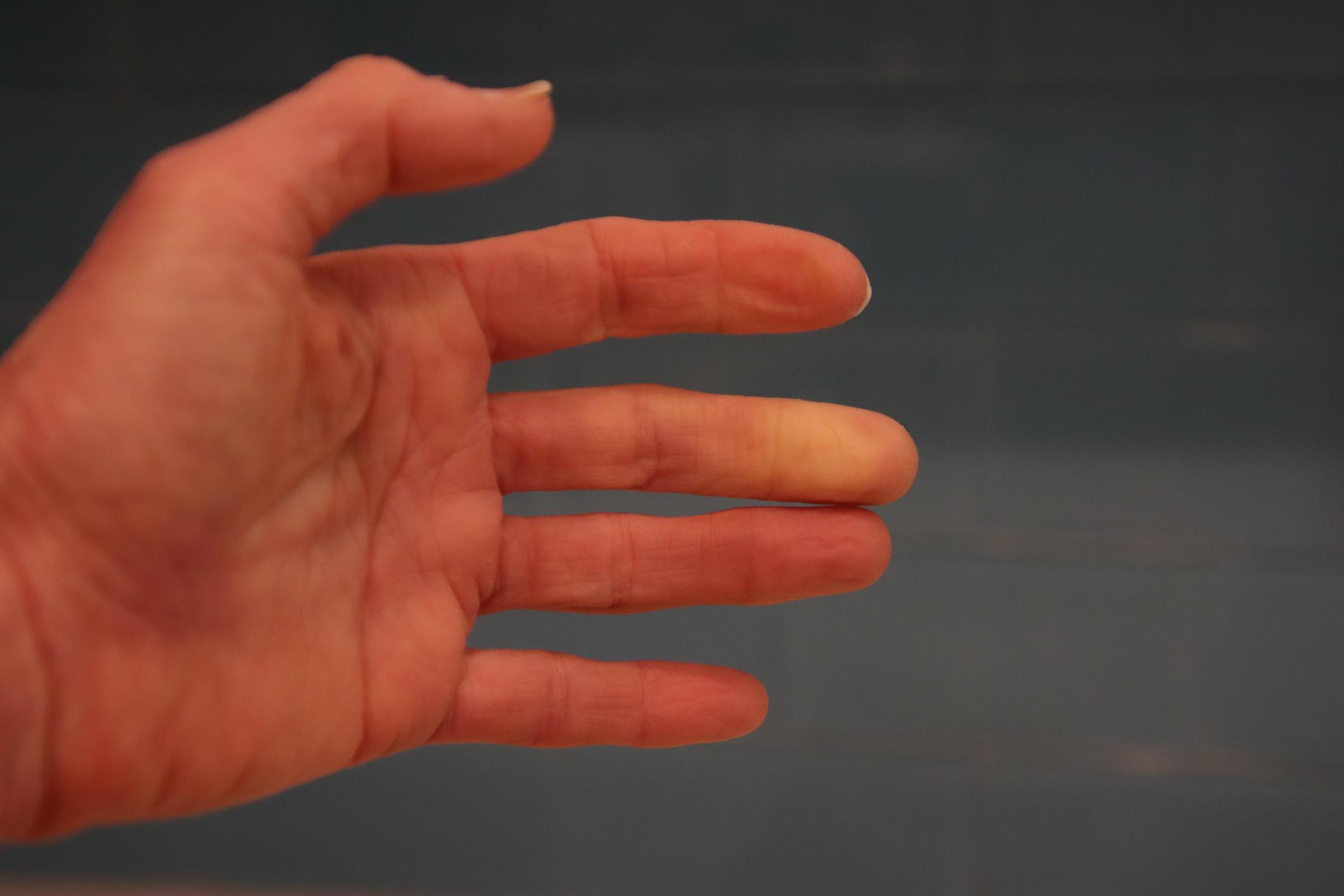
All questions expertly answered
It’s spring and we’re going outside. But unfortunately the oak processionary caterpillar is also showing itself again. What should you do if you come into contact with it? Arnold van Vliet, biologist at Wageningen University and chairman of the Knowledge Center for the Oak Processionary caterpillar, answers questions.
1. How do you recognize an oak processionary caterpillar?
“They are actually always a lot at the same time. As soon as the caterpillars have crawled out of the egg, they walk in procession on the oak. They are mainly on the trunk and on the branches. Sometimes a caterpillar falls from the tree, but in general they live together in groups.”
2. When do they cause nuisance?
“The oak processionary caterpillar season starts in mid-April and ends in mid-July. From the end of May they get stinging hairs. They keep them until they pupate from the end of June. The stinging hairs are the cause of complaints. They are barely visible to the naked eye. But if you get such hair on your skin or in your eye, it can really hurt you.”
3. What are the most common complaints?
“Skin rashes, such as itching and bumps. Fiery spots may develop on legs or arms. The itching sometimes lasts for a few weeks. The stinging hairs can also cause respiratory and eye complaints. One is more sensitive to the stinging hairs than the other. Some people are completely covered in red spots, while others have no problems with the same exposure.”
4. Why does one suffer more than the other?
“The sensitivity can increase the more you come into contact with the stinging hairs. I myself had a rash on my legs until October last year. The spots looked like scars, not pretty. But I am not an average person: because of my research work I often come close to oaks. if
If you go looking for maximum exposure – for example, you try to remove a nest yourself with your bare hands – there is a good chance that you make yourself more sensitive.”
5. Can you remove a nest in the garden yourself?
“No, you will without a doubt come into contact with stinging hairs. In addition, the stinging hairs can spread in the environment. That leads to even more inconvenience. If the oak processionary caterpillar is in an oak tree in your own garden, use it wisely and do not start tinkering yourself. It is really advisable to call in a professional combatant.”
6. Can the oak processionary caterpillar cause an allergic reaction?
“On contact with stinging hairs, a substance is released, thaumetopoeia. Some people react more strongly to this than others. That is a matter of aptitude. The chance of such a strong immune response from the body is greater if you have been in frequent and prolonged contact with stinging hairs. With an allergic reaction, the symptoms are worse; for example, you can get hay fever-like complaints and fever in addition to itching. Very occasionally, someone goes into anaphylactic shock. This is rare, but the possibility exists. In this case you have to go to the hospital immediately.”
7. Are people with asthma more sensitive to the stinging hairs?
“No studies have been done, but I can imagine that an asthma patient is extra aware of everything that can stimulate the lungs. Fire hairs can also end up in the lungs.”
8. What should you do first if you get itchy?
“First try to get the stinging hairs off your skin with masking tape, tape or a plaster. That won’t get rid of all the hair, but it will help reduce the itchiness. If you have hairy skin, this is of course more difficult. Then rinse your skin well with water. If you get a burning hair in your eye, rinse your eye immediately with water. It is also important to put your clothes directly in the washing machine.”
9. Are there medicines that can reduce skin complaints?
“A cooling cream or gel based on menthol or eucalyptus can help with the itching. A home remedy such as vinegar can also reduce itching. Medicines based on pramocaine are available at the drugstore: this substance has a slightly narcotic effect. On prescription from your doctor you can use triamcinolone cream, this is a so-called corticosteroid, or menthol cream to which lidocaine has been added.
There are also anti-allergy tablets, also available at drugstores and pharmacies, that help with itching. If in doubt about the severity of the symptoms, it is wise to call your doctor. Also on our website www.processierups.nu There are many practical tips, if you are in doubt about what to do after contact with the oak processionary caterpillar.”
10. How long can stinging hairs lead to irritation?
“Actually, you should be aware all year round that oak processionary caterpillars may be present. If nests are not removed, the stinging hairs remain in the environment. They can lead to complaints for years if you come into contact with them. I wouldn’t do a picnic under an oak tree on a warm October day.”
11. Can a face mask be useful as a means of prevention?
“It undoubtedly helps against inhalation of stinging hairs. Wearing sunglasses is also smart, especially when it is windy, so that there is less chance of a stinging hair getting into an eye.”
12. Has there really been more nuisance in recent years or are the media simply paying more attention to it?
“The number of oak processionary caterpillars in our country has increased significantly in recent years. 2019 was a peak year:
55 percent of all oak trees in the Netherlands were affected. Last year that had dropped to 33 percent. The explanation for the severe nuisance in 2019 has partly to do with weather conditions: in June 2019 it was very hot for a few weeks and the wind was blowing hard, causing caterpillars to cause a lot of nuisance. Last year the weather conditions were more favourable.
The degree of control also plays a role in the increase in nuisance. If little action is taken against the caterpillar, such a population will build up. In addition, we have a lot of oak trees in our country and the number of natural enemies – insects – has decreased. These are all factors that ensure that the caterpillar has the best experience in our country.”
13. Another tree caterpillar seems to be heading our way: the pine processionary caterpillar. Do we have to take into account even more nuisance?
“Because it is getting warmer everywhere, the habitat of the pine processionary caterpillar is also moving north. The pine caterpillars walk in procession in March and April, so just before June, the month in which the oak processionary caterpillar starts moving. The pine processionary caterpillar has slightly more stinging hairs than the oak processionary caterpillar. As far as is known, this caterpillar has not yet been found in the Netherlands. The Netherlands also has fewer pines than oaks. There are no endless pine avenues here. So the distribution across the country will be different from the oak.”
Pay attention! bathing water
If there are oaks within a hundred meters of bathing water, stinging hairs can easily get into them. You won’t notice the stinging hairs in the water, but complaints can arise after it dries.
Pay attention! Food from the garden
Eating strawberries and raspberries from your own garden is not a good idea if there is an oak nearby that contains oak processionary caterpillars. The stinging hairs of the oak processionary caterpillar easily penetrate soft-skinned fruit. Vegetables can also become infected.
This article previously appeared in Plus Magazine April 2021. Want to subscribe to the magazine? You can do that in an instant!
Sources):
- Plus Magazine
















